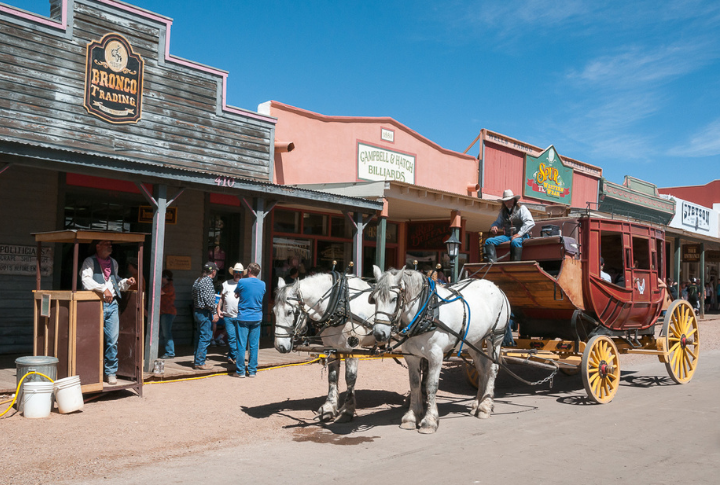
The Wild West era wasn’t just dusty tales and sepia-toned legends. It still lives on in the bones of modern cities and the half-forgotten corners of the country. Some towns thrived, others faded, but each clings to fragments of its frontier past. Here’s what these iconic towns look like today: scars and all.
Tucson, Arizona
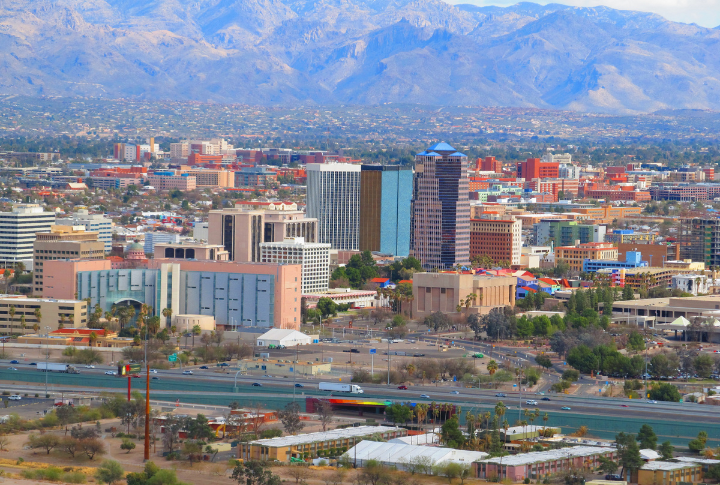
What started as Hugo O’Connor’s 1775 presidio post is now a sprawling tech-driven city. Tucson’s 1890s roundhouse once kept the trains moving; today, the University of Arizona and Davis-Monthan Air Force Base drive the economy. High-tech firms replaced stagecoaches, but echoes of its desert frontier history still linger downtown.
Phoenix, Arizona
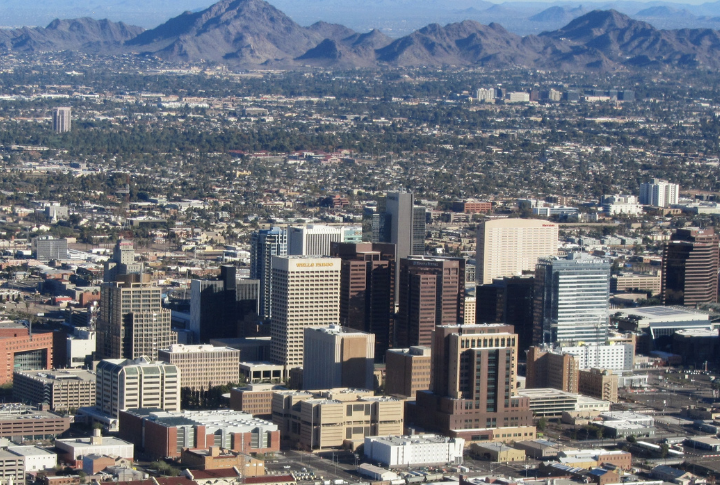
Jack Swilling and Phillip Duppa didn’t just name Phoenix after a mythical bird for fun. Founded in 1867 on top of ancient canal systems, Phoenix reinvented itself repeatedly. Once a dusty farming town, Phoenix now punches high with glassy towers, its cowboy roots hidden beneath layers of concrete and steel.
Prescott, Arizona
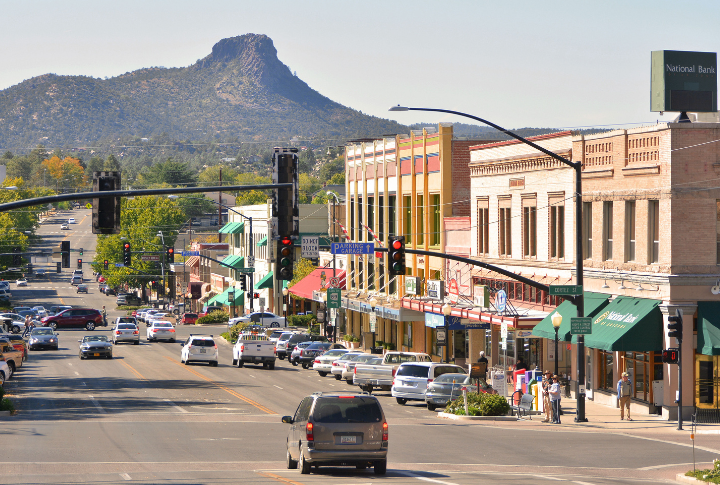
Prescott still retains its frontier spirit. This town used to be a hub for gold miners and cattlemen. Its rowdy beginnings shaped the town’s character. Though Arizona’s capital moved elsewhere in 1889, Prescott preserved its historic charm. Stroll past the Governor’s Mansion and Whiskey Row, and you can still sense the echoes of old saloons and Wild West showdowns.
Salt Lake City, Utah
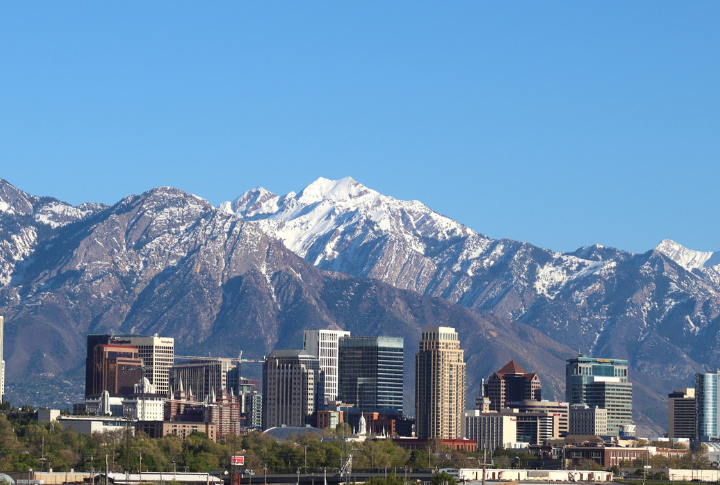
Brigham Young designed Salt Lake City with order in mind, laying out its precise grid in 1847. By 1890, railroads and trade routes had shaped its future. Today, skyscrapers rise above its carefully planned streets, with the grand Utah State Capitol overlooking everything. While its Mormon roots remain strong, the city has turned into a diverse and vibrant hub.
Promontory Summit, Utah
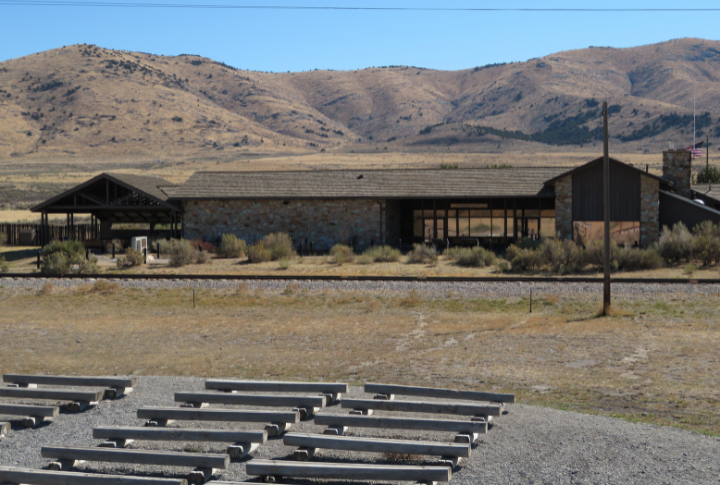
Promontory Summit, where East met West in 1869, symbolized America’s transcontinental triumph. As of today, there’s no bustling town—just a quiet park. But visit during the summer locomotive reenactments, and the sound of hammer strikes and steam whistles brings history to life. They remind visitors of the moment the country was forever connected.
Goldfield, Nevada
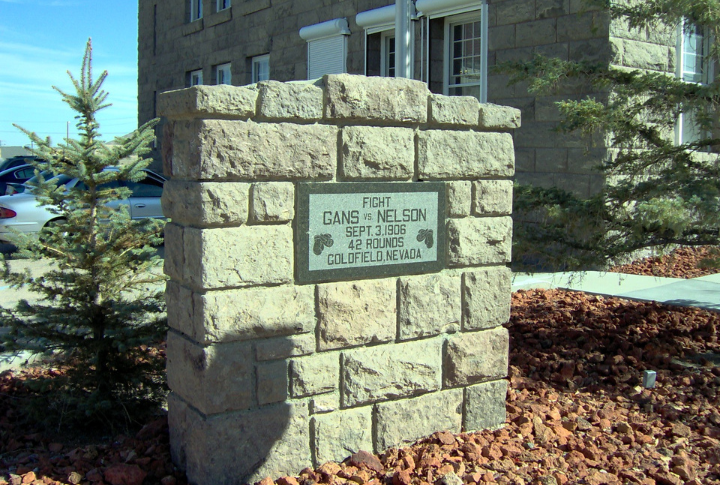
Goldfield thrived in luxury at its peak, fueled by a rich gold strike. Sadly, fires, floods, and economic collapse soon followed. Now, fewer than 300 people remain, yet structures like the Goldfield Hotel still stand—weathered but resilient, speaking of a time when this remote town was Nevada’s shining gem.
Denver, Colorado
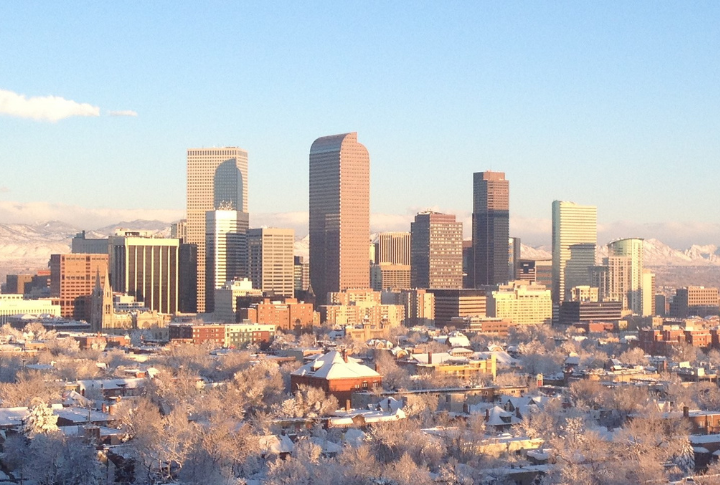
Denver’s shift from a mining town to a metropolis didn’t happen overnight. Founded in 1858, it attracted prospectors and became a transportation hub. Wide avenues framed government buildings by 1898. These days, shimmering skyscrapers stand in their place. But scratch the surface, and you’ll still find the grit of a gold rush town.
Deadwood, South Dakota
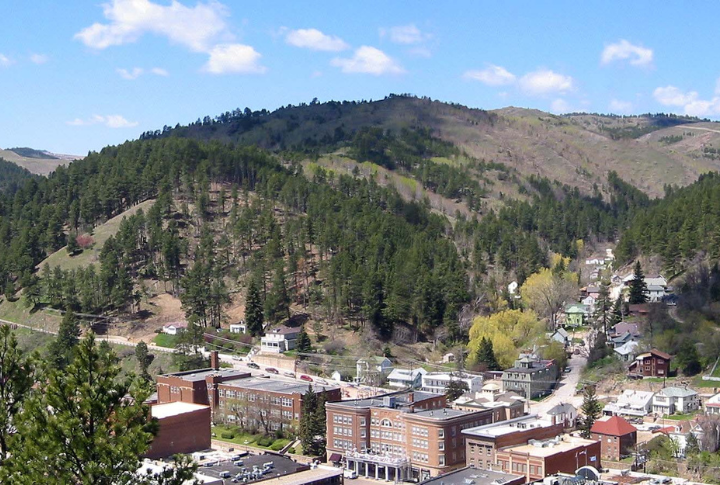
Deadwood once bristled with gamblers, prospectors, and gunslingers. Gold fueled its chaos, and when the mines ran dry, the population nearly vanished. Fast-forward to 1989, legalized gambling gave the town a second wind. Casinos and cobblestone streets keep Deadwood steeped in its Wild West swagger.
Meridian, Mississippi
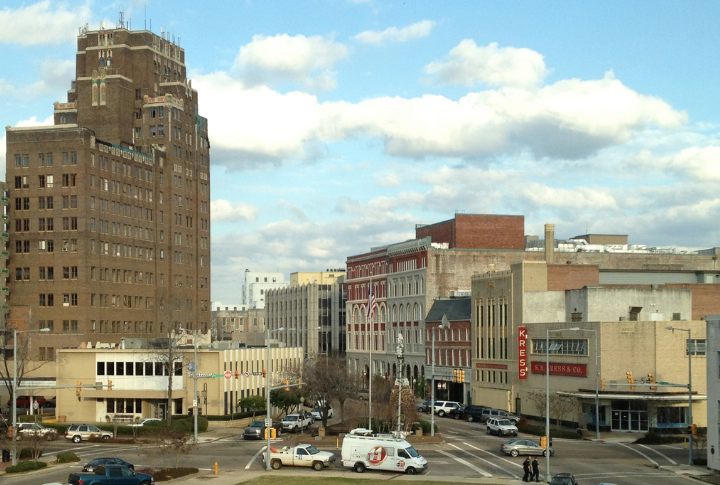
Meridian thrived when railroads ruled, earning its “Queen City” nickname between 1890 and 1930. However, the decline of the industry took its toll. Today, revitalization is bringing new energy to downtown, yet old warehouses and rail yards remain—silent markers of a time when Meridian was Mississippi’s industrial heartbeat.
Wichita, Kansas
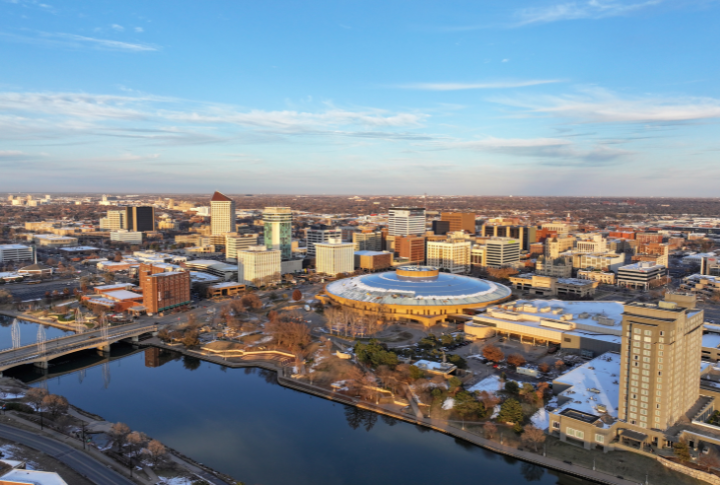
Cattle drives put Wichita on the map, but aviation made it thrive. Once a booming stop on the Chisholm Trail, the city pivoted during the 1914 oil boom. By WWII, aircraft manufacturing had taken flight. Even after Boeing’s departure in 2014, Wichita remains the “Air Capital,” continuing to build aircraft frames for the world.
Nebraska City, Nebraska
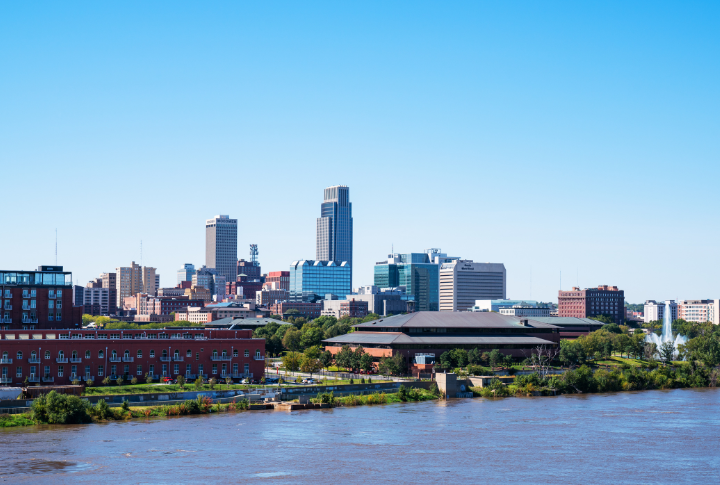
River trade built Nebraska City’s early prosperity, but its lasting legacy runs greener. This is where J. Sterling Morton, Arbor Day’s father, planted deep roots. Agriculture still powers the town, but its real claim is environmental—a place where trees outlived steamships and the National Arbor Day Foundation still calls it home.
Cozad, Nebraska
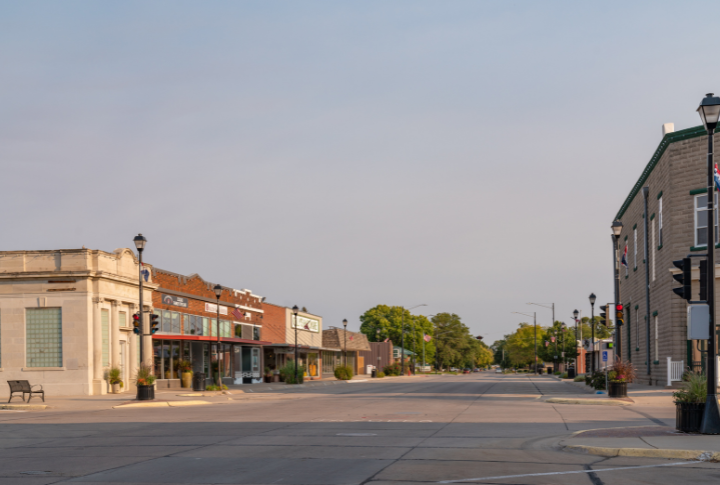
Cozad made history in 1866 when Union Pacific crews celebrated reaching the 100th Meridian, a symbolic divide between East and West. Today, it quietly thrives along Highway 30, tracing the path of the original Lincoln Highway—a link between coasts long after the champagne toasts faded.
Elm Street, Dallas
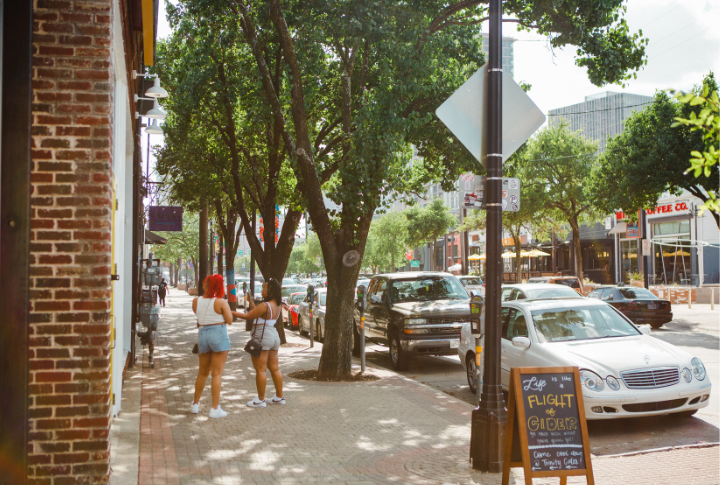
Before Dealey Plaza became synonymous with tragedy, Elm Street was the artery of Dallas’ cotton trade. Cotton bales rolled through in the early 1900s, fueling the city’s early growth. Oil and industry eventually took over, but that stretch of Elm remains a pivot point in American memory.
Gurley Street, Prescott
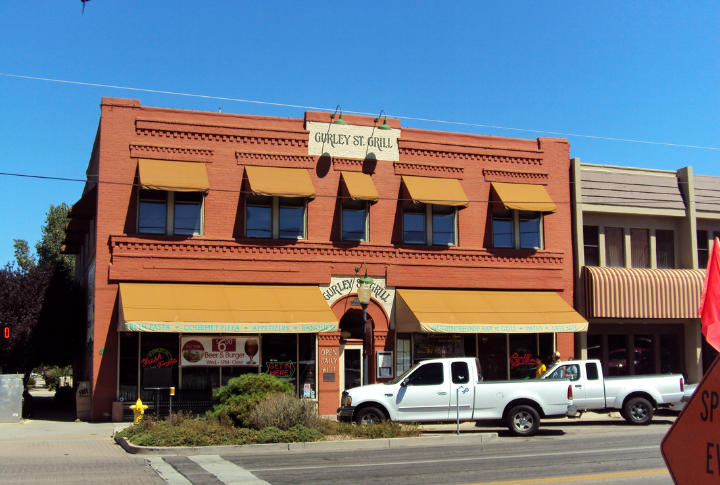
Gurley Street was more than just Prescott’s main road. It was the heart of the town during the mining boom. Unlike ghost towns that faded away, Prescott held onto its rugged charm. When you go there today, you can walk past the original Governor’s mansion and down to Thumb Butte, where modern sprawl hasn’t erased its history.
Virginia City, Nevada
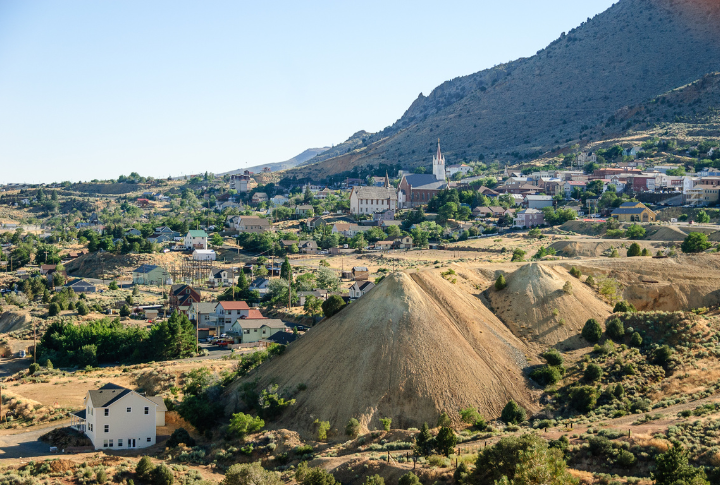
Virginia City thrived where other boomtowns faded. The riches of the Comstock Lode built opera houses and wooden sidewalks, and the town has remarkably preserved both. Even now, miners’ saloons and creaky boardwalks lure visitors—proof that not all silver towns turn to dust when the veins run dry.
Tombstone, Arizona
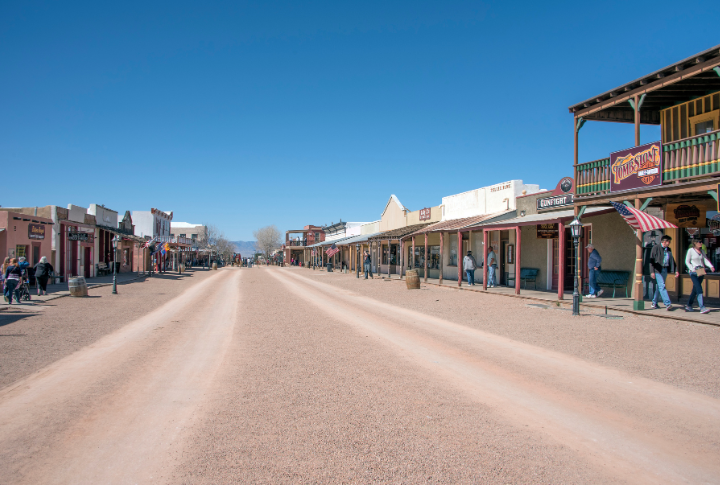
Few places showcase their Wild West reputation louder than Tombstone. The silver may have run out, but the gunfights never ceased. The O.K. Corral lives on through reenactments today, and Allen Street feels like a film set. Tombstone didn’t just survive—it fully embraced its outlaw legacy.
Dodge City, Kansas
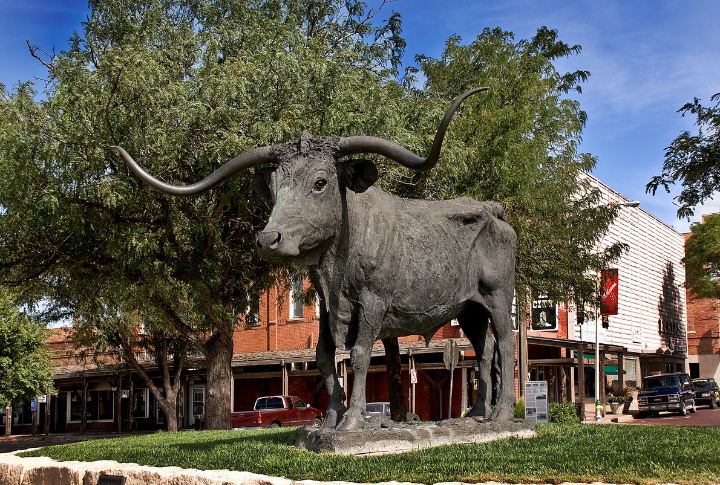
Dodge City earned its title as the “Queen of the Cowtowns” through cattle drives and an abundance of shootouts. Cowboys and saloon brawls eventually gave way to tourism, yet the town never lost its swagger. These days, visitors come for the museums and reenactments, but that rough-and-ready energy still hangs in the air.
Cheyenne, Wyoming
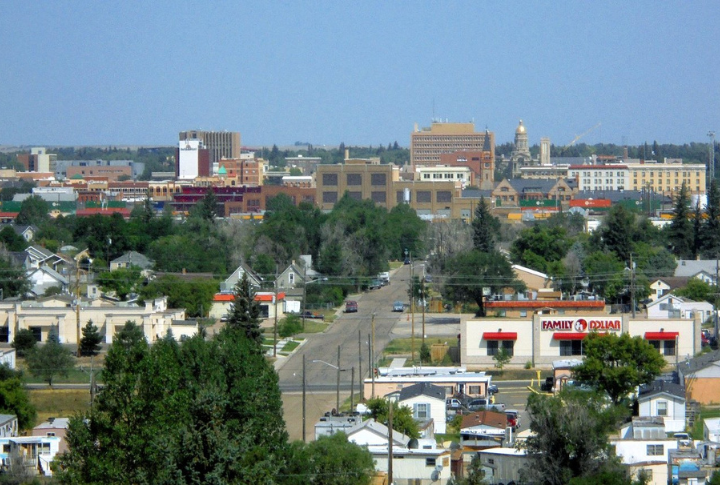
Founded alongside the Union Pacific Railroad in 1867, Cheyenne grew fast and rowdy. Its saloons and cattle trades defined frontier life. Modern Cheyenne, though quieter, keeps one foot in its past every July during Cheyenne Frontier Days—the world’s largest outdoor rodeo, where cowboys still test their grit.
Abilene, Kansas
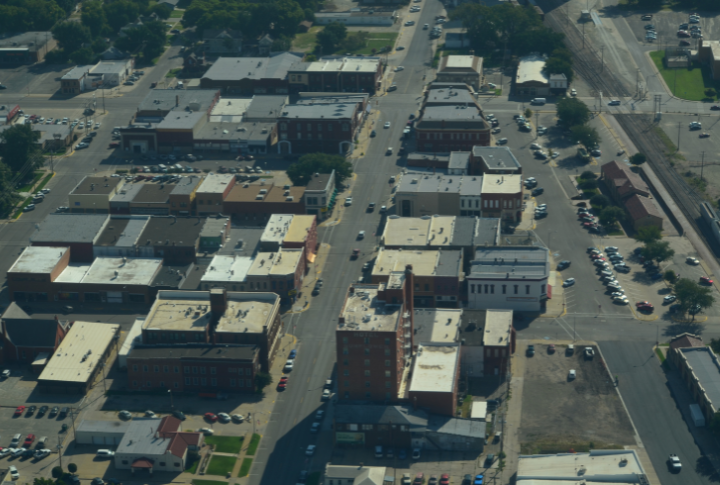
Before Eisenhower placed Abilene on the presidential map, it gained fame for corralling Texas longhorns in the 1860s. Wild Bill Hickok maintained the law here. Now, it’s more about museums and Eisenhower’s boyhood home, but Abilene’s cattle town spirit hasn’t been completely paved over by politics and plaques.
Santa Fe, New Mexico
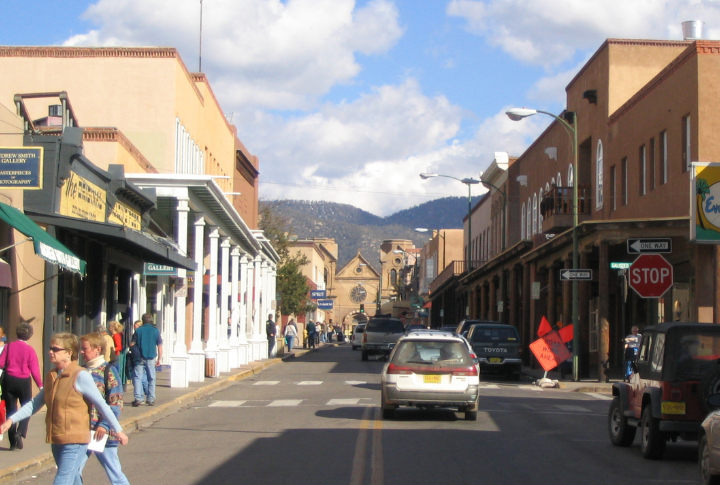
Founded in 1610, Santa Fe has predated most Wild West towns for centuries. Here, Spanish colonial roots, Santa Fe Trail commerce, and Native cultures come together. The adobe walls still line the streets, but art galleries and Southwestern cuisine have infused the area, preserving Santa Fe’s layered history without freezing it.
